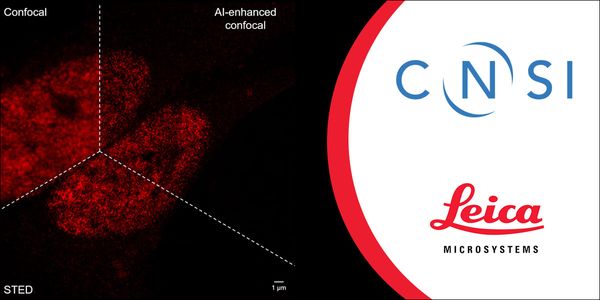Digital Pathology
Digital Pathology: is an image-based information environment which is enabled by computer technology that allows for management of information generated from a digital slide. Digital pathology is enabled in part by virtual microscopy. Virtual microscopy is the practice of converting glass slides into digital slides that can be viewed, managed, shared and analyzed on a computer monitor. The field of digital pathology has exploded and is currently regarded as one of the most promising avenues of diagnostic medicine in order to achieve even better, faster and cheaper diagnosis, prognosis and prediction of cancer and other important diseases.
-
Point-of-care testing (POCT) is diagnostic testing at the time and place of patient care in a physician’s office, an ambulance, a mobile clinic, at home or in hospital. Rapid POC testi...Speaker: Krishnan Allampallam, PhD , Paul Lambotte, PhD
APR 18, 2019 | 9:00 AM
DATE: April 18, 2019 TIME: 9:00am PDT...
Speaker:
Aydogan Ozcan, PhD
, Hongda Wang, MS, BS
, Yair Rivenson, PhD
, Laurent Bentolila, PhD
Sponsored By: Leica Microsystems
Myeloid leukemias encompass a group of different diseases that include myeloproliferative neoplasms (MPN), myelodysplastic syndrome (MDS) or acute myeloid leukemia (AML). These diseases are d...
Speaker:
Véronique Laloux, PhD
, Beate Litzenburger, Ph.D.
The prevailing philosophy in biological testing has been to focus on simple tests with easy to interpret information such as ELISA or lateral flow assays. At the same time, there has been a d...
Personalized medicine driven by genomic-based treatments continues to increase in importance. Representatives from two distinct healthcare entities – a regional reference lab and commun...
Speaker:
Tony Magliocco, MD
, Keith Gligorich, PhD
MAR 05, 2019 | 10:00 AM
DATE: March 5, 2019TIME: 10:00am PSTSingle cell analysis, starting with the earliest low parameter fluorescent experiments, helped define the major cell subsets of human ce...
Digitalization has transformed virtually every industry, but it has been slow to gain traction within the preclinical phase of the drug development journey. Recent advances in digital vivariu...
Speaker:
Szczepan Baran, VMD, MS
Presented at: Laboratory Animal Sciences Virtual Event Series 2019
NOV 15, 2018 | 10:00 AM
DATE: November 15, 2018TIME: 10:00am PT, 1:00pm ET Multiplex fluorescence immunohistochemistry offers a window into the biology of human disease, enabling the ana...
Speaker:
Traci DeGeer, BS, HT (ASCP) HTL, QIHC
, Alexander Klimowicz
Sponsored By: Leica Biosystems
As the most common female malignancy, breast cancer is the most likely reason that a woman will die of cancer around the world. Breast cancer mortality has dropped in the U.S. by 35% since 19...
Speaker:
Benjamin Anderson, MD
Lung cancer is the leading cause of cancer-related mortality worldwide. Large-scale sequencing studies have revealed the complex genomic landscape of NSCLC and genomic differences between lun...
Speaker:
Nicholas McGranahan, PhD
Two projects looking at novel approaches to targeting inflammatory breast cancer will be presented. Inflammatory breast cancer (IBC) is a unique, understudied, and most lethal subtype account...
Speaker:
Kevin Williams, PhD
























